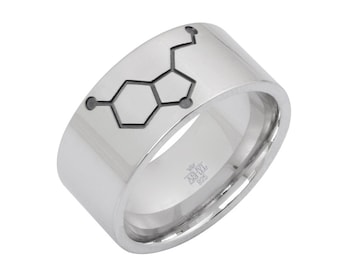 Ok, could not resist. Happiness research continues to higher plains of understanding as research specifically looks at exact neurochemicals that contribute to happiness. Dr. Zak has studied Oxcytocin for over a decade in his neuro-economics lab as he sought to understand morales. From his research he made some profound discoveries:
Ok, could not resist. Happiness research continues to higher plains of understanding as research specifically looks at exact neurochemicals that contribute to happiness. Dr. Zak has studied Oxcytocin for over a decade in his neuro-economics lab as he sought to understand morales. From his research he made some profound discoveries:
I found that individuals who release the most oxytocin — I call them “oxytocin-adepts” — were more satisfied with their lives compared to those who release less oxytocin. Why? They had better relationships of all types: Romantic, friendships, family, and they even shared more money with strangers in laboratory experiments. The moral molecule morphed in the happy molecule. Happiness largely comes from other people for social creatures like us.
Note: The ring on the right side is actually seretonin.
![]() Oxytocin looks like this:
Oxytocin looks like this:
Now what hacks did he actually discover?
- Hug. Touch is powerful, be it with a person or animal.
- Recognize and express your observations of other’s emotional states.
- Tell people you love them.
These three actions stimulate release of oxytocin. Why does that matter? Oxytocin helps us connect with others, heal, increase generosity, romance, trust…among its primary function.
Dr. Zac explains in his most excellent Ted Talke:
